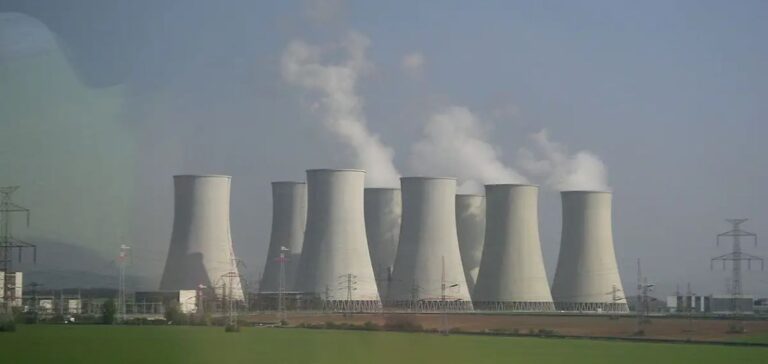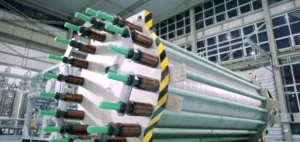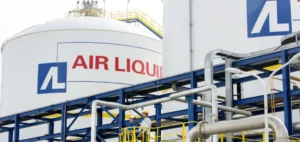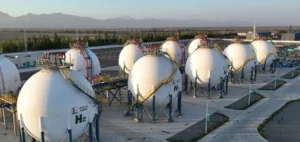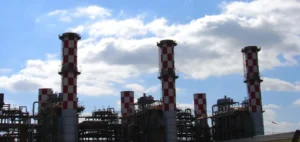The US government plans to invest $7 billion to stimulate essential advances in clean hydrogen production. The focus is on converting nuclear power plants into North America’s leading producers of clean hydrogen.
Nuclear power plants at the heart of the goal: zero hydrogen emissions.
The USA is planning to redirect nuclear power plants to produce so-called “clean” hydrogen, supporting technological innovation and cost reduction. The plants in question are located in New York, Ohio, Minnesota and Arizona. The ultimate goal is to produce hydrogen without carbon emissions. The federal government is therefore spending $7 billion to develop processes such as high-temperature electrolysis in four American nuclear power plants.
A promising new technology: exothermic reactions for clean hydrogen.
GH Power has developed an innovative technology that generates hydrogen, alumina and exothermic heat. This modular, environmentally-friendly solution offers great potential for the industry in North America and beyond. GH Power’s technology, capable of producing hydrogen, alumina and energy, could account for 18% of energy delivered by 2050. It could significantly reduce carbon emissions and create global economic opportunities. The GH Power reactor is self-sufficient, emission-neutral and a net energy producer. Its modular design makes it adaptable to various North American industries, offering a competitive alternative to fossil fuels.
Cost reduction and the first step towards critical decarbonization.
GH Power’s technology is already 60% cheaper than electrolysis for hydrogen production. What’s more, its green alumina production is more economical than conventional methods, offering significant decarbonization potential. The GH Power reactor could reduce up to 1.2 million tonnes of carbon per year, replacing a coal-fired power plant of similar size.
“The only practical solution for society to reduce carbon emissions is to switch from 100% fossil fuel use to cleaner technologies, and one of the steps to meeting this challenge is to blend cost-competitive green hydrogen with fossil fuels and increase hydrogen content wherever possible,” emphasized Dave White, CEO of GH Power.
The use of recycled metals enhances economic and environmental viability. GH Power has completed testing its 2 MW reactor and is now aiming for continuous commercial operation. The transition to a 27 MW net reactor is planned. This would enable green outputs to be produced for integration into existing natural gas power plants.


